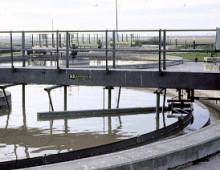Metagenomic study of methane in marine microbial communities
Methane is one of the most potent greenhouse gases and previous studies suggested that it is removed from the atmosphere through aerobic and anaerobic processes with the help of bacteria and archaea. Recent evidence suggests, however, that methane can be removed through other pathways involving as-yet unidentified microbes. To learn more about these pathways and… [Read More]





